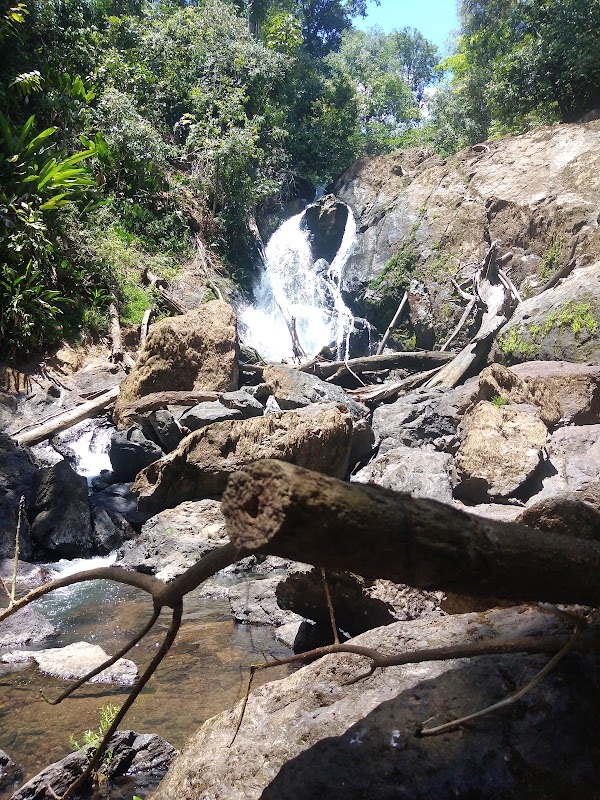Paddling Through Primal Currents: Top Wildlife Kayaking Adventures in Corcovado National Park
Experience the raw pulse of Corcovado National Park’s wild waterways by kayak. Navigate mangrove-lined rivers and coastal inlets alive with wildlife, and prepare practically to engage with one of Costa Rica’s most untamed landscapes.
Time Your Tides
Check tide charts before launching—currents can significantly affect paddling effort and safety, especially in mangrove channels.
Wear Quick-Dry Footwear
Expect occasional rock landings and wet conditions; sturdy, quick-drying shoes protect feet and improve comfort during portages.
Hydrate and Insect-Guard
Bring plenty of water and effective mosquito repellent—the humid environment feeds insects and dehydration alike.
Hire Experienced Local Guides
Local guides offer critical knowledge about currents, wildlife behavior, and hidden routes to maximize your safety and experience.
Paddling Through Primal Currents: Top Wildlife Kayaking Adventures in Corcovado National Park
Corcovado National Park in Costa Rica cracks open for adventurous kayakers a wild world where rivers and coastal waters are alive with raw energy and untamed wildlife. Here, you’ll navigate waterways that don’t just flow—they challenge and engage you, as currents push forward and mangroves reach out with twisting roots that test your steering.
Your journey begins often from the small bays near Puerto Jiménez, the closest hub where last-minute supplies and local guides are within reach. Launching your kayak into the Golfo Dulce, the water feels cool, reflective—but watch as scarlet macaws and kingfishers fly overhead, watching you as intently as you watch them. The waterways carve through dense rainforest that leans close enough to whisper bird calls and the rustle of monkeys swinging above.
Among the recommended routes, the Sierpe River stands out, stretching roughly 30 kilometers through a mangrove maze where crocodiles bask and river otters dart just out of sight. The calm water invites an intimate encounter with both landscape and wildlife, but don’t mistake its tranquility for ease: tides shift, and thick mangrove channels can narrow sharply, requiring precise paddle strokes and steady focus.
For those who push further, the coastal paddle towards San Pedrillo Station along the park’s edge presents a blend of freshwater and sea, where you’ll meet dolphins porpoising near your bow and potentially the elusive giant river otter. Kayaking here means balancing patience and persistence; tides and weather shape every outing, so understanding timing is crucial.
Practical preparation is key. Expect to paddle between 4 to 6 hours on most excursions with minimal portages but watch for challenging currents and the sun’s sharp glare. Footwear that dries quickly and protects feet from occasional rocky landings will serve well. Hydration strategies and insect repellent should not be afterthoughts—the park's mosquitoes are as persistent as the jungle’s scent of wet earth.
Regardless of your pace, Corcovado doesn’t give up its secrets lightly. The park’s wild nature acts almost as a co-adventurer—fiercely itself—never completely tamed, always commanding respect. The reward is a window into a faceted ecosystem alive with purpose: sleepy sloths blinking overhead, toucans bellowing from the treetops, and the river currents that dare dare you to keep up.
In sum, wildlife kayaking in Corcovado is less a race or conquest and more a conversation. It invites steady eyes, patient limbs, and a spirit willing to engage deeply with a landscape that’s vivid, challenging, and endlessly rewarding.
Nearby Trips
All Adventures
Boat Charters
Water Activities
Adventures near Puerto Jiménez
Discover the unique and memorable adventures that make Puerto Jiménez special.
Frequently Asked Questions
Can beginners safely kayak in Corcovado National Park?
Beginners can enjoy guided kayaking trips on calmer sections like parts of the Sierpe River, but should be aware of shifting tides and currents. Hiring a local guide is highly recommended for safety and navigation.
What types of wildlife can I expect to see while kayaking?
Expect to see a rich variety including scarlet macaws, howler monkeys, river otters, crocodiles, and sometimes bottlenose dolphins near coastal waters, especially during early mornings or late afternoons.
Are there any restrictions for kayaking inside Corcovado National Park?
Yes, kayaking is permitted only in certain waterways to protect sensitive habitats. Visitors must be accompanied by authorized guides and adhere to park regulations, including no littering and minimizing noise to avoid disturbing wildlife.
What is the best time of day for wildlife spotting on the water?
Early mornings and late afternoons provide the best light and heightened animal activity, as many creatures avoid the midday heat.
Is it necessary to have prior kayaking experience to explore Corcovado’s waterways?
While some routes are accessible for novices with guides, more challenging sections demand moderate to advanced paddling skills due to narrow channels and tidal influence.
How do I prepare for insects and sun exposure during the trip?
Long-sleeved quick-dry clothing, biodegradable insect repellent, and sunscreen are essentials. Wearing a hat and reapplying protection frequently will help you avoid discomfort.
Recommended Gear
Lightweight Dry Bag
Keeps electronics, clothing, and valuables dry during river and coastal paddling.
Wide-brim Sun Hat
Protects from intense sun exposure during peak daylight hours on exposed stretches.
Biodegradable Insect Repellent
Controls mosquitos and biting insects while respecting delicate ecosystems.
Quick-dry Water Shoes
Provides foot protection and comfort when wet landings or brief hikes are necessary.
Local Insights
Hidden Gems
- "The quiet side channels of the Sierpe mangroves offer peaceful microhabitats with less human traffic."
- "Look for the rarely seen giant river otters near San Pedrillo Station, especially at dusk."
Wildlife
- "Scarlet macaws nesting in the canopy during dry season."
- "American crocodiles sunning on riverbanks with cautious eyes."
History
"The park encompasses lands once inhabited by indigenous peoples and later explored by early settlers whose traces remain in fishing villages like Puerto Jiménez."

